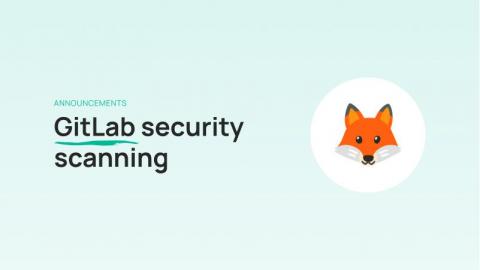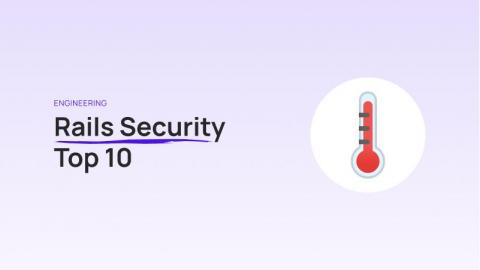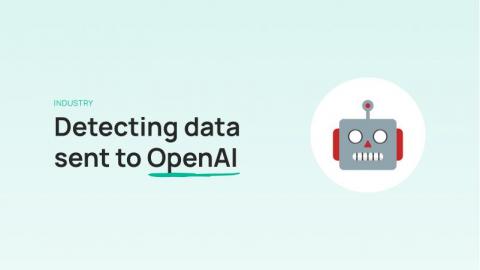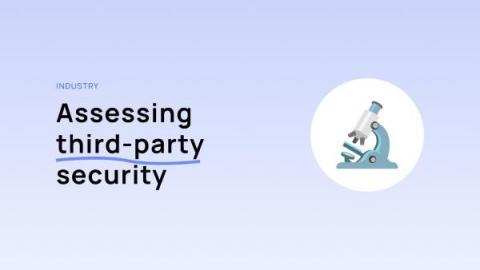How we battle test Bearer CLI
Applications are usually considered battle tested if they've been around a while and work as expected in most known situations. In software, we want the binary releases we make to have this level of confidence. The problem is, when you’re building something new how can you make up for the time and active user advantage of established software? In this article we’ll look at the early stage of our battle-testing process and how it influenced our future testing.











